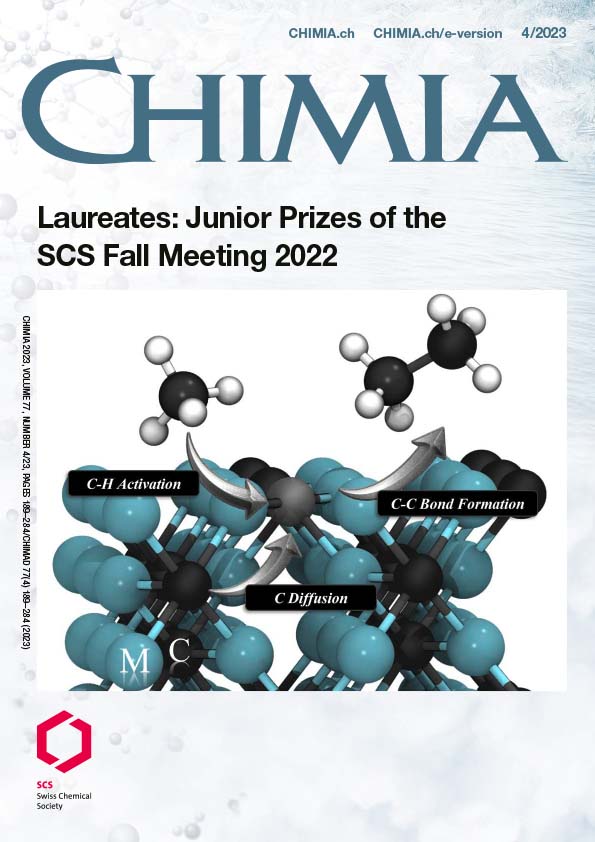How to Find Molecules with Long-lasting Charge Migration?
DOI:
https://doi.org/10.2533/chimia.2023.201PMID:
38047796Keywords:
Attochemistry, First-principles calculations, Semiclassical methods, Ultrafast electron dynamicsAbstract
Under certain conditions, the ionization of a molecule may create a superposition of electronic states, leading to ultrafast electron dynamics. If controlled, this motion could be used in attochemistry applications, but it has been shown that the decoherence induced by the nuclear motion typically happens in just a few femtoseconds. We recently developed an efficient algorithm for finding molecules exhibiting long-lasting electronic coherence and charge migration across the molecular structure after valence ionization. Here, we first explain why the but-3-ynal molecule is a promising candidate to study this type of ultrafast electron dynamics. Then, we use the 3-oxopropanenitrile molecule, which does not induce long-lasting charge migration in any of three different ionization scenarios, as an example demonstrating that several different properties must be fulfilled simultaneously to make the attochemistry applications possible.
Funding data
-
Schweizerischer Nationalfonds zur Förderung der Wissenschaftlichen Forschung
Grant numbers 51NF40-183615 -
HORIZON EUROPE European Research Council
Grant numbers 683069-MOLEQULE -
Branco Weiss Fellowship – Society in Science
Downloads
Published
Issue
Section
License
Copyright (c) 2023 Alan Scheidegger, Nikolay V. Golubev, Jiří Vaníček

This work is licensed under a Creative Commons Attribution 4.0 International License.







